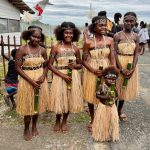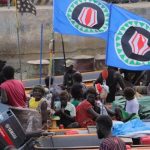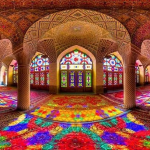17th April marks the anniversary of the fall of Phnom Penh to the Khmer Rouge. The anniversary falls just two days after the date of the death of Pol Pot, and adding insult to injury both of them falling slap bang in the middle of Khmer New Year.
To read about Khmer New Year click here
To read about the anniversary of the death of Pol Pot click here .
Who were the Khmer Rouge?
In fact there was never any group called the Khmer Rouge, it was merely a nickname that stuck. What we now know as the Khmer Rouge were originally formed in 1951 as the Kampuchean People’s Revolutionary Party (KPRP). In 1960 the party changed its name to the Workers’ Party of Kampuchea led by Tou Samouth.
He was killed in 1962, Pol Pot took over the party in 1963 and the course of Cambodian history was about to fundamentally change. It was during this period that Sihanouk, the leader of the country referred to the WPK rebels as “Khmer Rouge”, meaning Cambodian Reds. In contrast to the Khmer Bleu, Cambodian Blues, another insurgency against his government.
In 1971 and at the behest of their Chinese sponsors the party changed its name to the Communist Party of Kampuchea. The standing committee of the party would remain almost unchanged throughout their government and later insurgency until 1996 and their retreat to Anlong Veng.
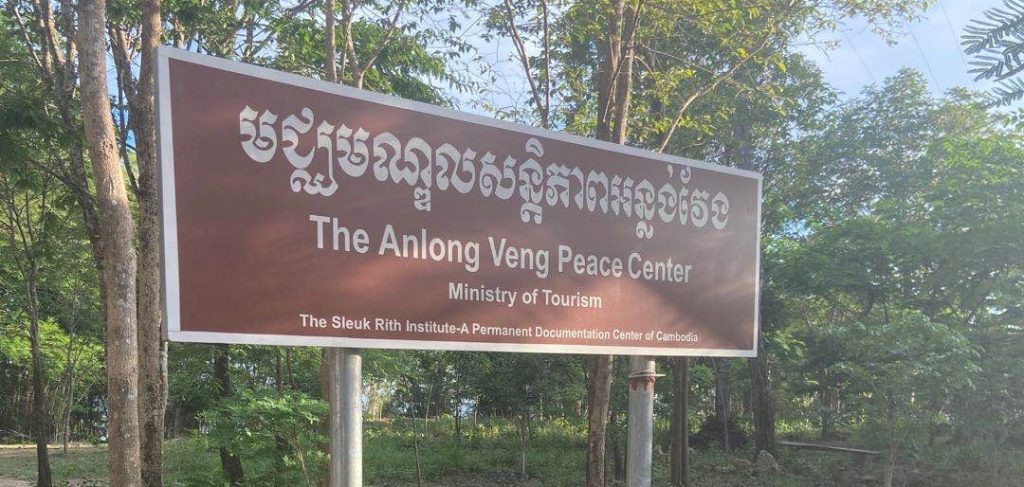
Prelude to the fall of Phnom Penh
Sihanouk was overthrown by an alleged CIA backed coup in 1970. As a leading member of the non-aligned movement Sihanouk had become good friends and allies with both communist China and North Korea. His friendship with President Kim Il-Sung going so deep as Sihanouk describing them as family. The Chinese supported the Khmer Rouge ideologically, and a united front was formed between them, known as the GRUNK.
To read about the friendship between Kim Il-Sung and Sihanouk click here.
Despite the overtly communist make up of the resistance the GRUNK was the French acronym for the Royal Government of the National Union of Kampuchea. In the ensuing insurgency against the Lon Nol government, many in the countryside felt they were fighting for King and country, rather than for communism – something which would later have disastrous effects.
With increased American bombing, the unpopularity of the Republican government and the turning of the tide of war in Vietnam, victory for the Khmer Rouge seemed unstoppable. Before their 17th April entry into the city, Phnom Penh had been essentially blockaded and was not receiving rice, the main staple for Cambodians.
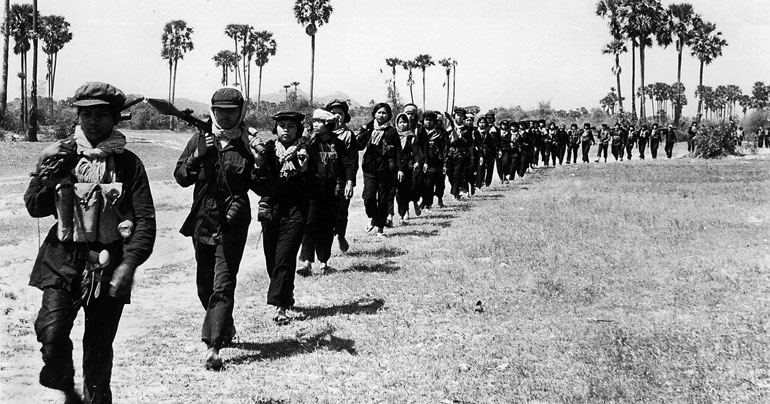
Fall of the Khmer Republic
With the imminent fall of Phnom Penh many senior figures of the Khmer Republic tried to flee to the borders of Thailand from where to form a government-in-exile, ironically a tactic later used by the Khmer Rouge.
To read about the last Khmer Rouge state click here.
The government and the Assembly decided to relocate from Phnom Penh to the capital of Oddar Meanchey Province on the Thai border in order to continue resistance from there. The only way out of the city was by helicopter. They met at an assigned place at 4 am to be picked up, but the helicopters never arrived. At around 06.00 am they received a cable from the Sihanouk rejecting any overtures for peace. 14 members of the government were named the “chief traitors” to the country, and for those left in Phnom Penh, their fates were sealed.
Whilst many chose to bravely stay and fight, others decided to flee. On the morning of 18 April, most of the remaining cabinet and senior military officials boarded a KAF C-123 and flew into exile.
As the Khmer Rouge entered, former soldiers, officers and members of government were either killed on sight, or were taken to the Olympic Stadium in Phnom Penh and shot.
The fall of Phnom Penh vs the liberation of Phnom Penh
Cambodia had become war weary and sick of the corruption of the Lon Nol regime. Thus when the Khmer Rouge entered Phnom Penh they were welcomed onto the streets as liberators. For many Cambodians it was seen simply as and end to the war. It should also be remembered that officially at least the coming forces represented the Royal Government of the National Union of Kampuchea.
Sihanouk remained a popular figure and it was genuinely hoped that the new regime would usher in a new era of peace in the region. Far from being seen as the fall of Phnom Penh, at the time it was seen as liberation.
Many expatriates and Khmer “enemies” sought refuge in the French embassy, before they were transferred to Thailand on 30th April.
The French embassy was not to prove the haven it was hoped though, with Prince Sisowath Sirik Matak (one of the original seven traitors) and Princess Mam Manivan Phanivong, one of Sihanouk’s wives among others removed form the embassy and subsequently killed after the fall of Phnom Penh.
Dith Pran was another notable person removed from the embassy. This has been documented in the award winning film the Killing Fields.
Evacuation of the cities
Almost immediately following the fall of Phnom Penh the entire population of the capital, among other cities were told to pack a few things and evacuate the cities. The official reason for this was an “imminent American attack”, but the actual reason was to form the basis of the Killing Fields.
It has often been stated that the Khmer Rouge wanted to turn Cambodia into an agrarian socialist utopia, but the reality was somewhat different. The actual plan known as the “Super Great Leap Forward” was to move people to the countryside in order to farm a bumper crop of rice, sell it for billions and with the money turn Cambodia into an industrialised communist utopia. Communism in four years. It was never planned to keep the population in the countryside forever, not that this fact in any way absolves the Khmer Rouge of their crimes.
The Khmer Rouge take power
Following the fall of Phnom Penh and the evacuation of the city Pol Pot arrived at the deserted capital on 23 April and the Khmer Rouge government began. Ties were severed with almost every country except China, North Korea and a now unified Vietnam.
The country remained known as the Royal Government of the National Union of Kampuchea, with Sihanouk as head of state until Democratic Kampuchea was officially proclaimed in January 1976, with Sihanouk eventually stepping down as head of state. He was to remain in relative luxury under house arrest at the royal palace.
Despite initially being allies of the newly reunified Vietnam, things were to go sour very quickly. Cambodia demanded the Vietnamese leave all Cambodian territory, which they largely refused, whilst the Vietnamese took control of a number of contested islands between the countries.
These border skirmishes would continue throughout the regime of the Khmer Rouge, eventually leading to the 1979 invasion of the country and the overthrow of the regime.
To read about the Khmer-Vietnamese War click here.
The importance of 17th April and the fall of Phnom Penh
With the anniversary of the fall of Phnom Penh occurring as it does on Khmer New Year, 17th April is certainly neither celebrated, nor marked with any significance, but during the rule of Democratic Kampuchea, and the subsequent Khmer Rouge rebellion the date was extremely important.
On the 5th January 1976 the Democratic Kampuchean constitution was proclaimed. In it “Dap Prampi Mesa Moha Chokchey” (Khmer: ដប់ប្រាំពីរមេសាមហាជោគជ័យ, “Glorious Seventeenth of April”) was proclaimed the new national anthem of the country.
The chorus declaring
“Hurrah, hurrah,
For the glorious 17 April!
That wonderful victory had greater significance, than the Angkor period!
Anthem of Democratic Kampuchea
Quite lofty sentiments when you consider that Angkor Wat was built in the Angkor Period. This was to remain their official anthem throughout their period in exile too.
Anniversary of the fall of Phnom Penh to the Khmer Rouge
So, whilst this date is not celebrated, nor memorialised, it is certainly all too well remembered. The legacy of the Khmer Rouge still looms large in Cambodia, a legacy that will likely take generations to recover from.



